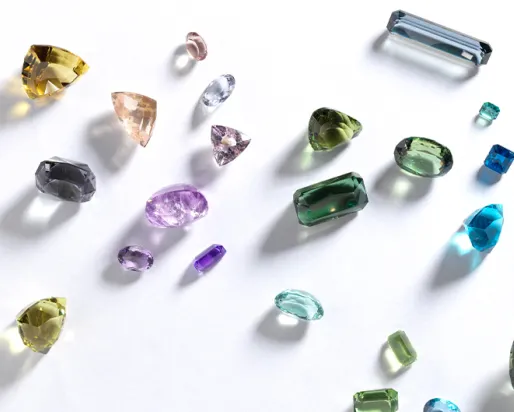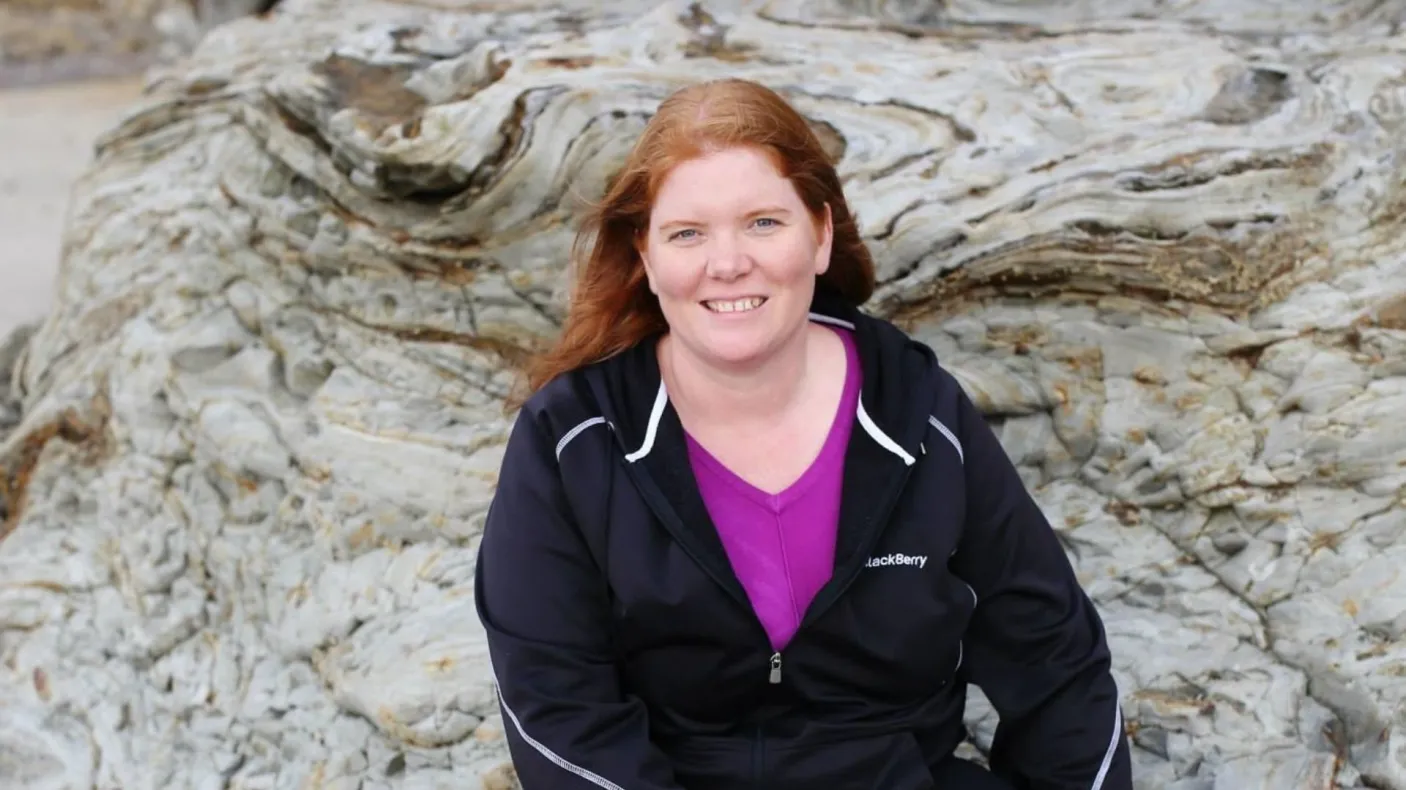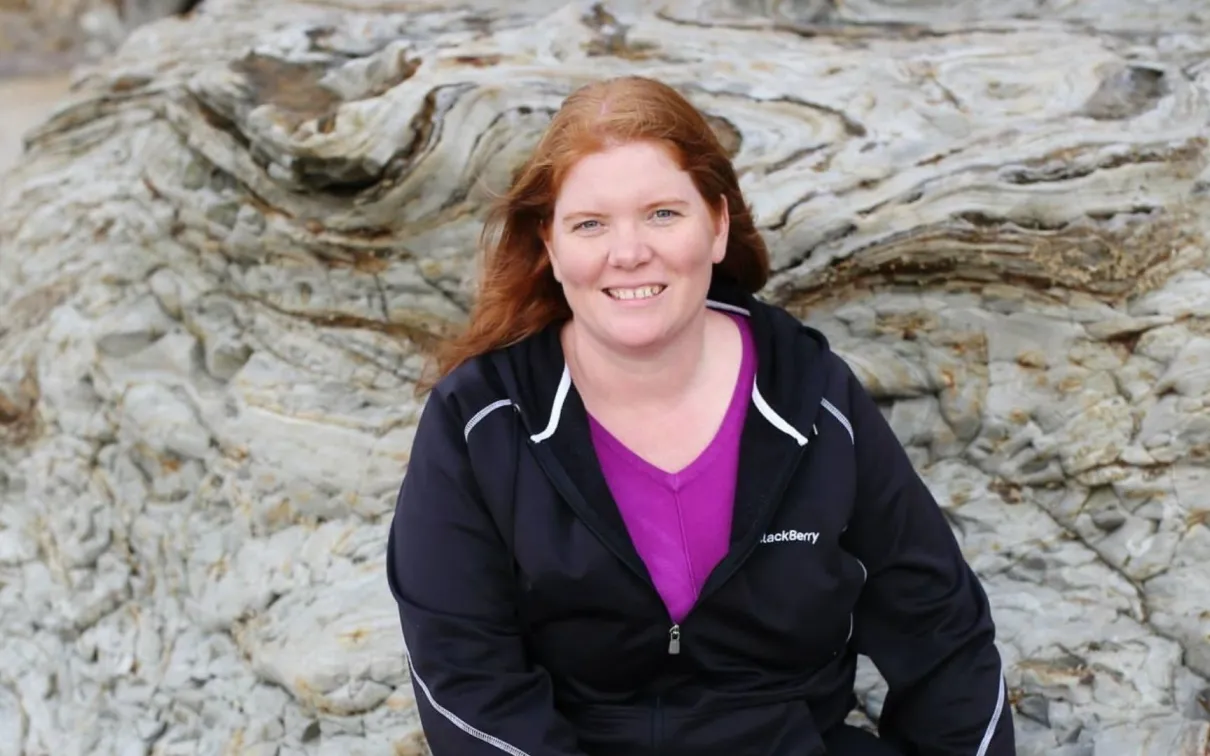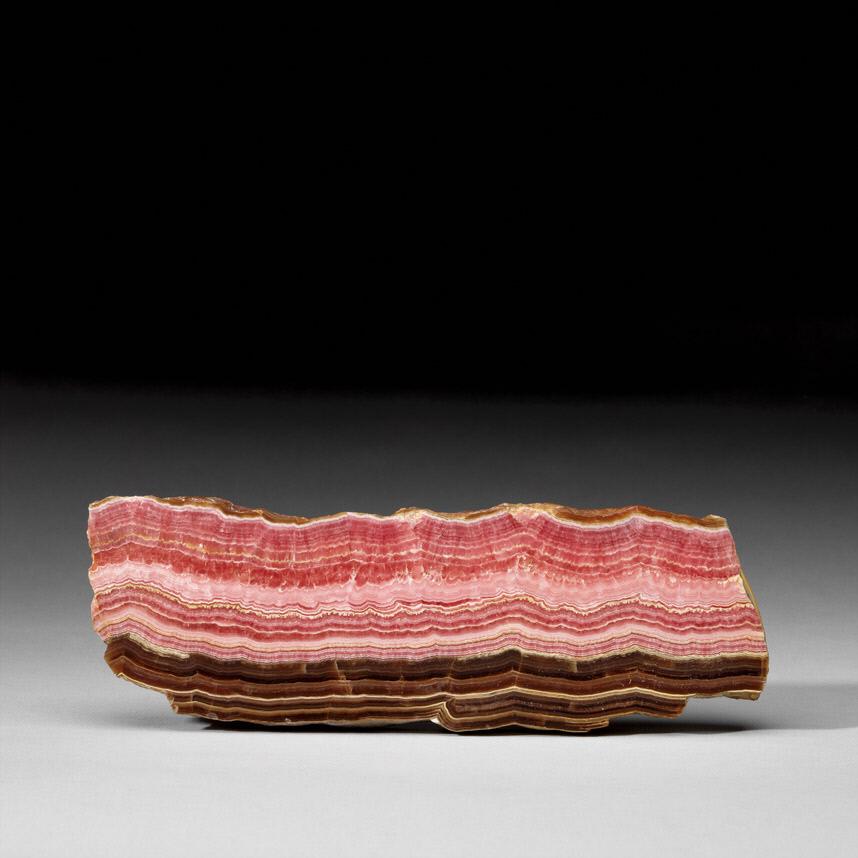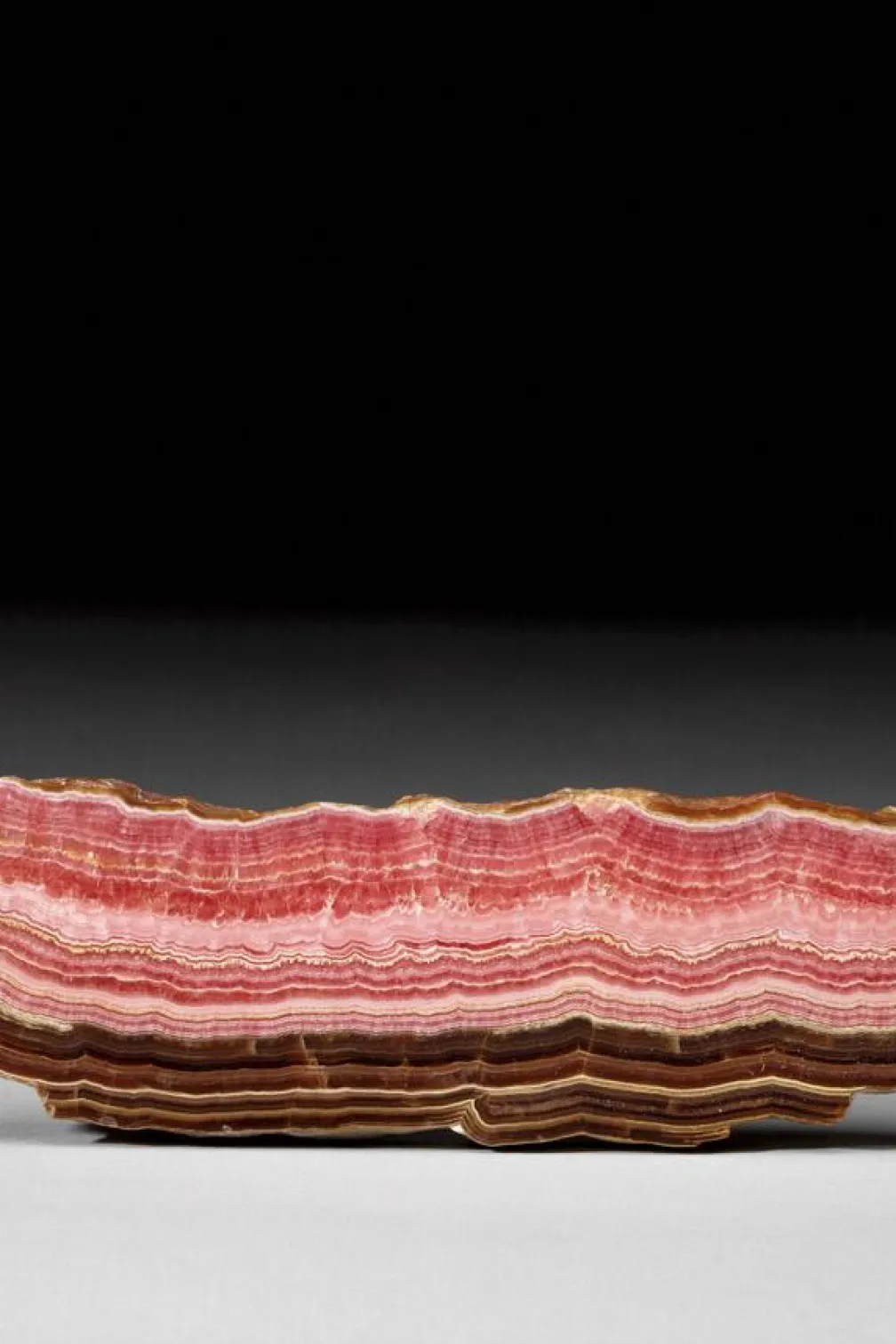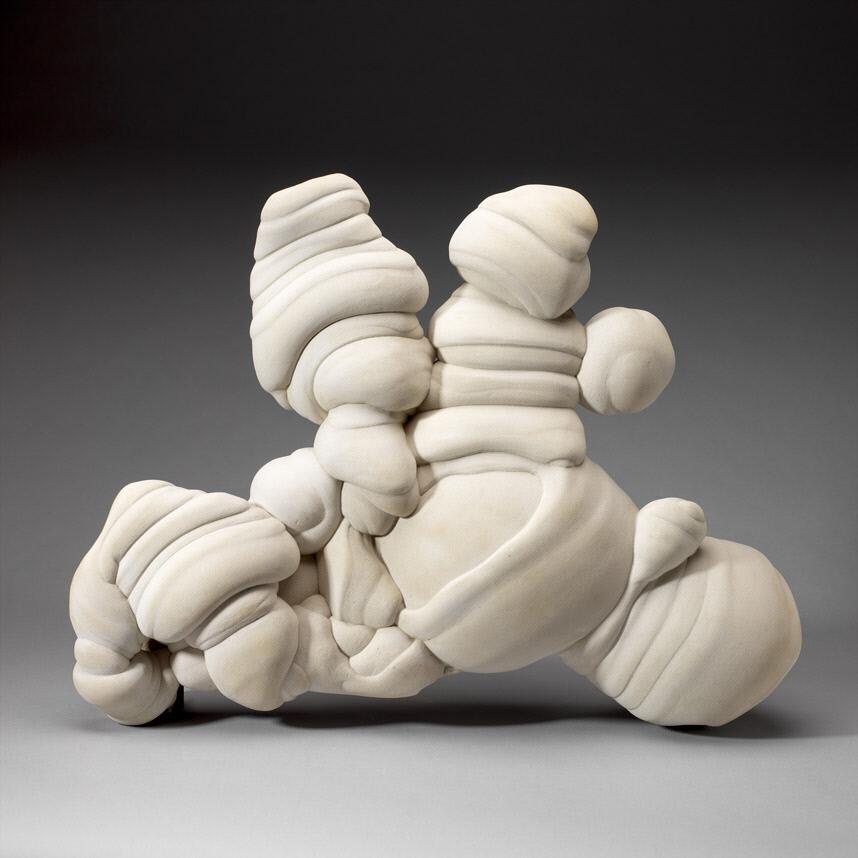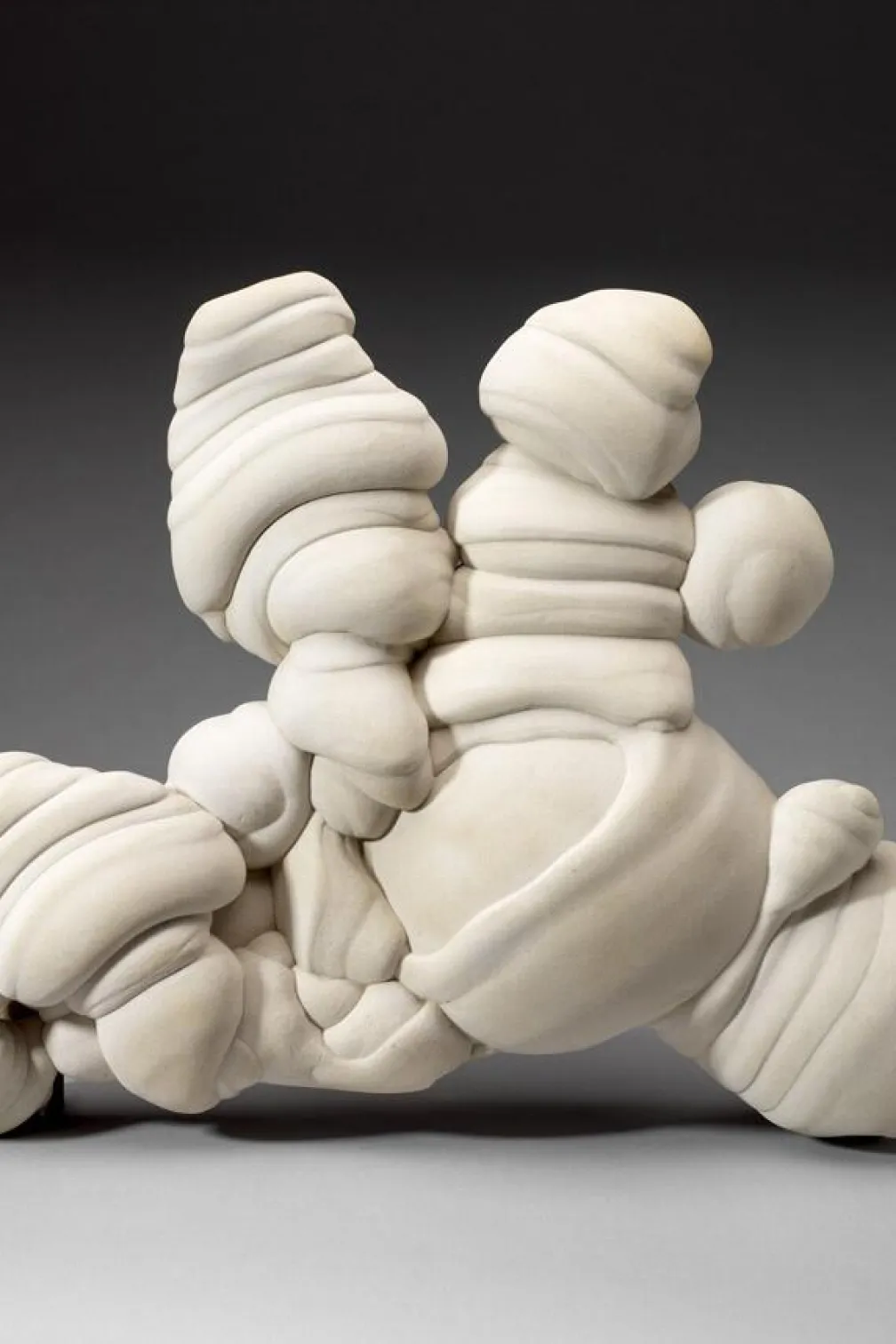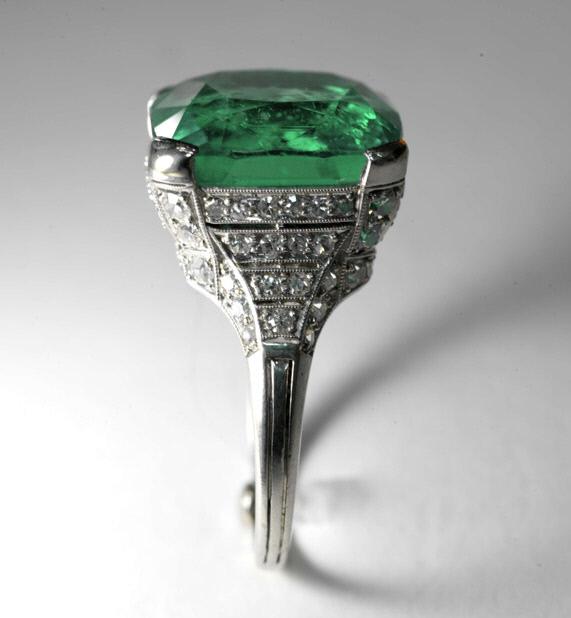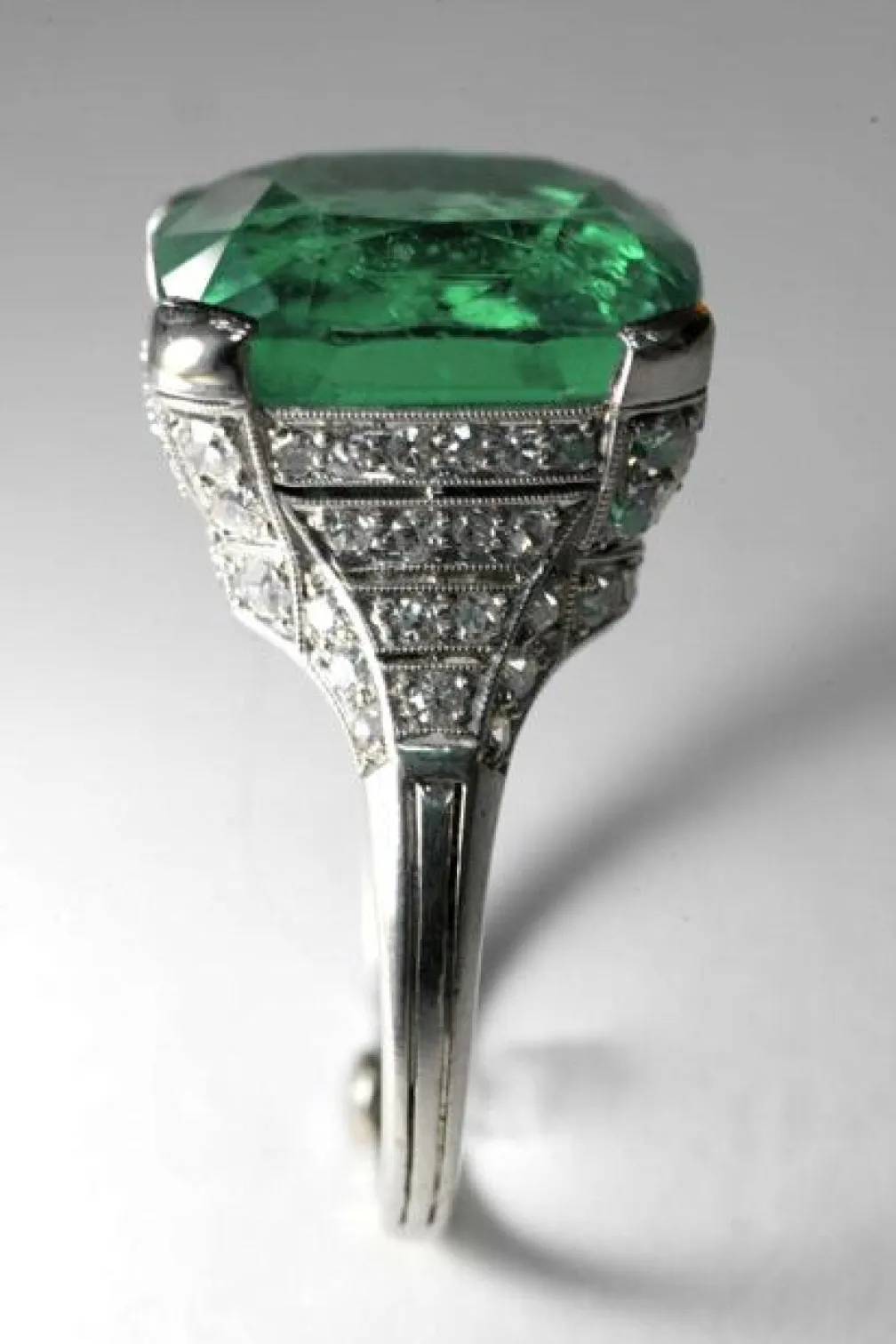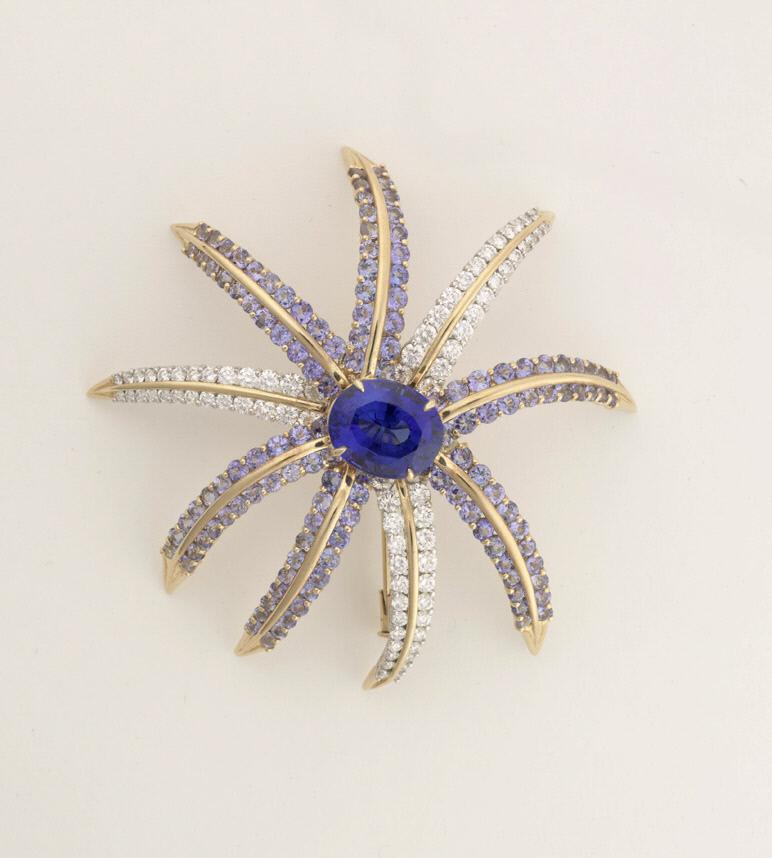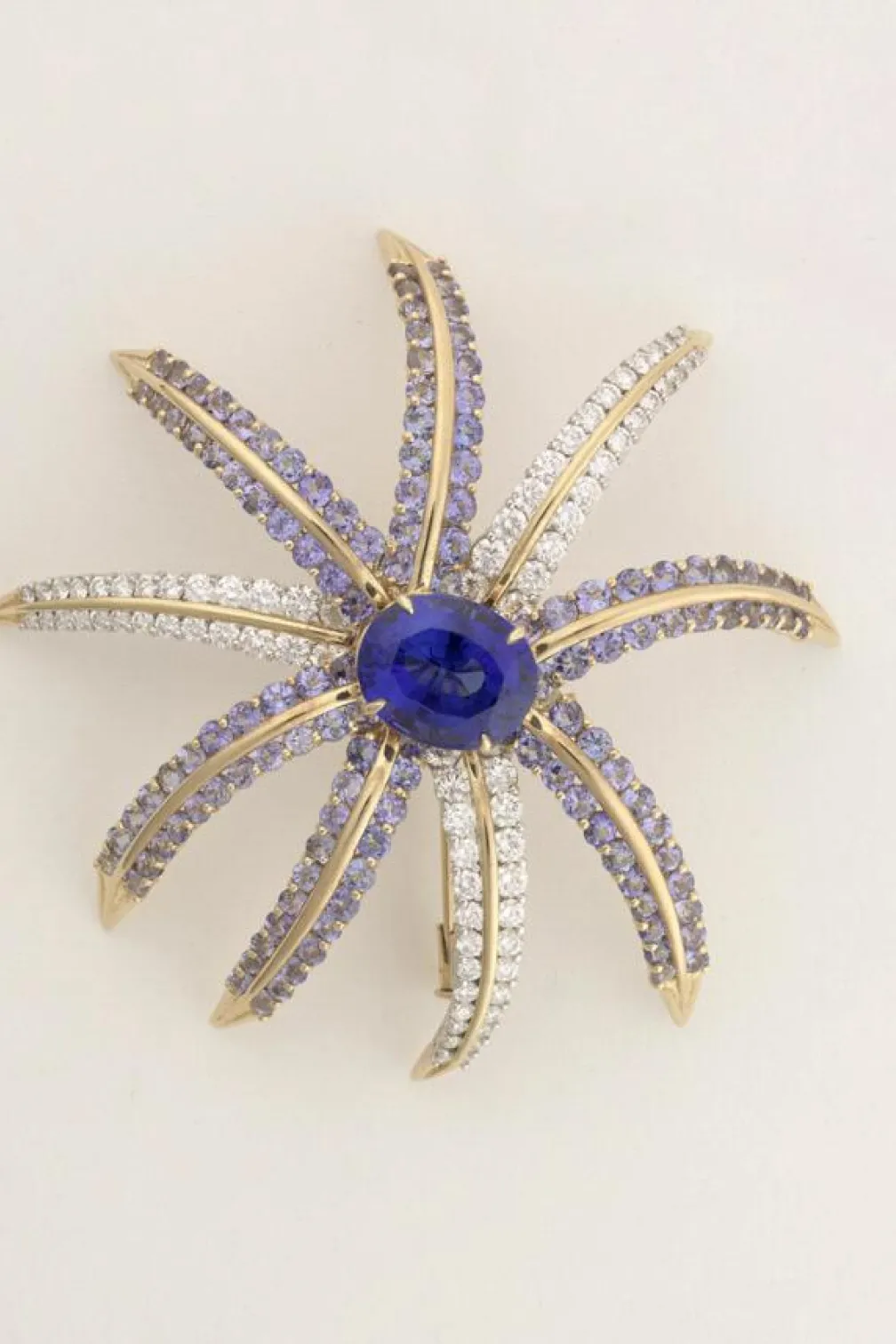Ask ROM Anything: Dr. Kim Tait
Category
Audience
Age
About
Every Thursday at 10 am on Instagram we chat with a different ROM expert ready to answer your burning questions on a different subject. This time on Ask ROM Anything we are talking to Dr. Kim Tait, the Teck Chair of Mineralogy and Senior Curator of Mineralogy at the ROM and Associate Professor in the Department of Earth Sciences at the University of Toronto.
Kim is a collaborator on the Canadian Space Agency's OSIRIS-REx Laser Altimeter (OLA) team, which is part of a NASA-led asteroid study and sample-return mission. She is also a member of the Mars Sample Return Program
Her research focus on the formation of the solar system. She and her vibrant group of undergraduate, graduate students and postdocs researchers work on various mineralogy and meteoritic projects which examine extraterrestrial minerals to better understand their age and origin.
Currently, the research group has a strong focus on Martian meteorites, but they also have an interest in rare achondrites (stony meteorites) and lunar samples.
Ask Kim Anything
Q. Do any of the Martian meteorite samples suggest anything about (past or present) existence of life on Mars?
A. There has been one meteorite, Allan Hills 84001, that was claimed in 1996 to have signs of life. There has been decades of debate centred around what exactly they found. I have a PhD student, Tanya Kizovski, that is studying minerals in Martian meteorites which have elements that are required for life as we know it, such as phosphorous and water. The issue with meteorites that may have been blasted off the surface of Mars is that they are inherently altered by shock (which produce heat/pressure) and may alter the minerals, so Tanya is looking at ways to understand how they are altered.
Q. Have we ever encountered a meteor containing an element not found on the periodic table?
A. Nope! The periodic table is the periodic table, that’s what is found in the universe (or what we know now). This is good article on how the elements are formed.
Q. What are the coolest gems you’ve seen from space?
A. Space diamonds are super cool! We have some in the ROM’s meteorite collection and I have students, like my MSc. student Steven Korchinos, studying them. He traveled to the Johnson Space Centre to do CT scanning to understand the distribution of diamonds in our meteorite samples. Just like imaging for your body, we can do CT scans on rocks too, which reduces the amount of cutting and destruction that we do to the sample.
Ask Kim Anything
Q. What is your favourite piece at the ROM? Do you have a favourite gemstone?
A. I don’t have a favourite, I love them all (it’s like picking your favourite child)! But if pushed, there are a few that stand out in my mind: this rhodochrosite sample looks like a piece of bacon, and this gogotte looks like the Stay Puft marshmallow man. so maybe they aren’t my favourites, but they are fun!
This was my first acquisition at the ROM was this gemstone, so I have a special relationship with it.
Favorite gemstone..., again I have many, but I do like tanzanite, which is only found in Tanzani. It’s usually an ugly brown colour when dug out of the ground but if heat treated it turns a beautiful blue colour. I wore this brooch one time for a board event.
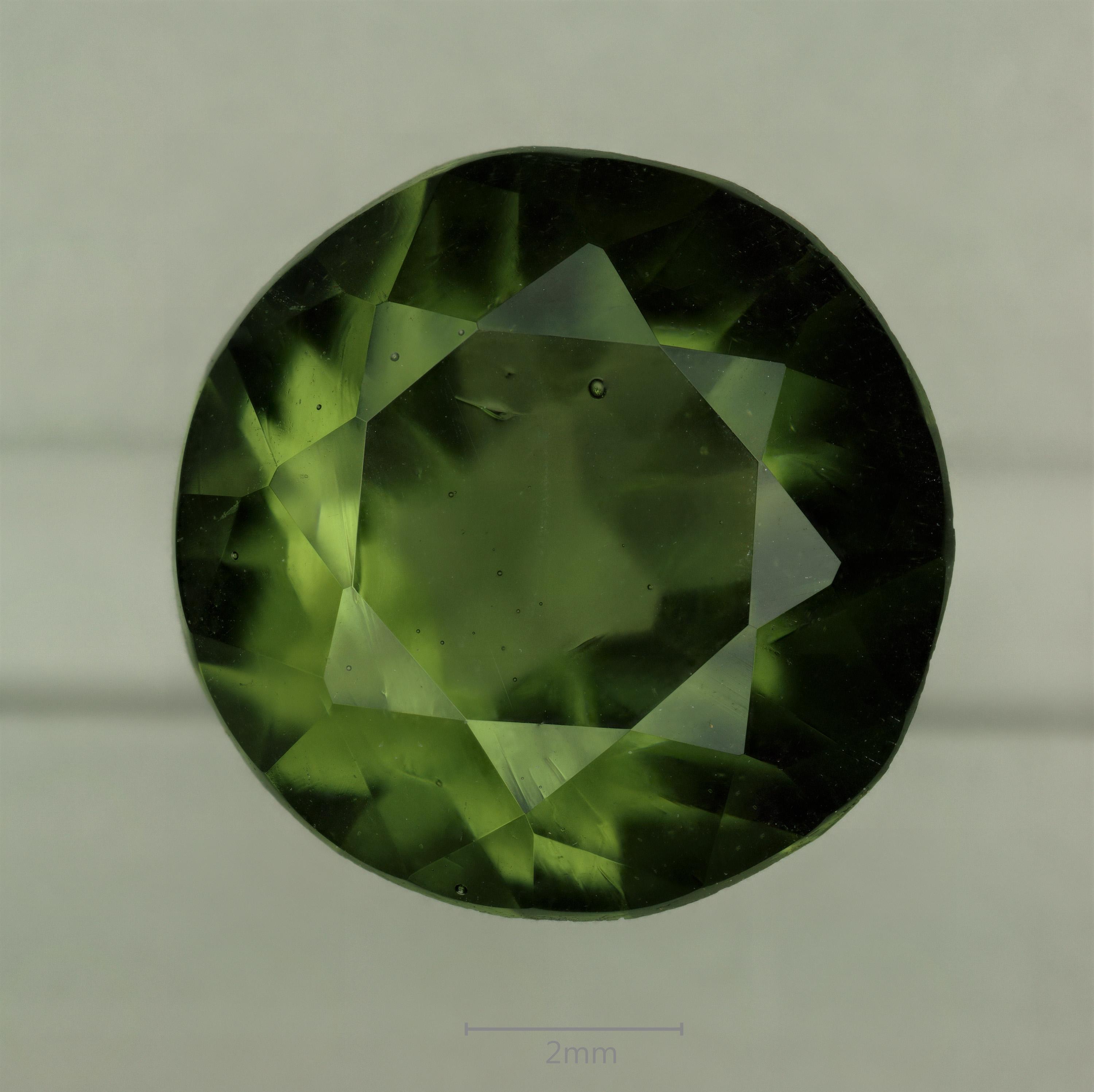
Q. I have a wee piece of moldavite. Do you know where it came from before earth?
A. Earth! Moldavite is thought to have formed about 15 million years ago. It’s produced by rocks on Earth being hit by an asteroid which are then melted and splattering the rock across Europe (mostly the Czech Republic), see this article for more information. They are a really telltale green and can even be cut into gems, we have one imaged here but have many more in the collection.
Q. Why do some rocks glow under fluorescent lights? Are they a product of chemical luminescence?
A. We have a great display of fluorescent minerals in the Teck Suite of Galleries (in the Gem and Gold Gallery that I recommend everyone go see). The fluorescent minerals are illuminated using a UV light—this type of light can excite certain electrons within the minerals that when the electron falls back into its proper position it emits a bit of energy in the form of light. But without the UV light they are just normal looking rocks. Rocks from Franklin, New Jersey are known to be very fluorescent. Here's a good article that can go in more detail.
Q. Does the ROM house any radioactive minerals?
A. We sure do! None on display, but we do have a selection of radioactive meteorites in a special lead-lined room (that is locked and only I and a few people can get in). Ontario was a really important area of the world for radioactive minerals so it would be prudent for us to retain some of this material for study. See an article about it here.
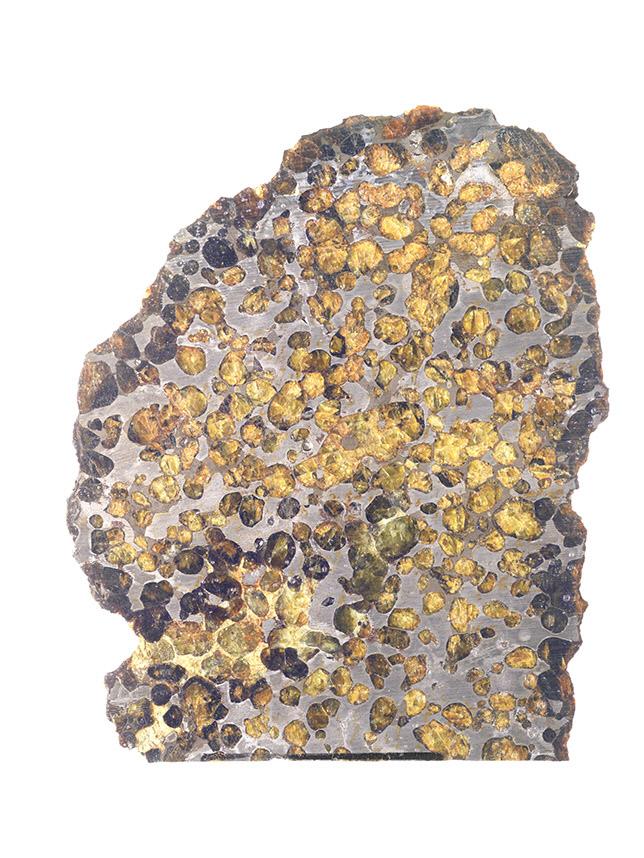
Q. Are there any spots in Canada with a concentration of meteorites? Have you ever found any in Canada?
A. Meteorites fall all over the world, randomly. Since the Earth is ¾ covered by water many fall into oceans, rivers etc. But the ones that hit land at least have the chance of being found. Canada has had many awesome meteorite recoveries, like the Springwater Pallasite which the ROM acquired. I actually found my first meteorite when I went on a meteorite recovery expedition for the Buzzard Coulee meteorite. And, in my opinion, Canada’s most important meteorite is the Tagish Lake meteorite which we have on display in the Teck Gallery. My research group just published a paper about it.
Q. What would you consider the best resources for a 4-year-old fascinated by rocks and space?
A. The ROM's online collections of course! The Smithsonian also has a great website too. I have two four-year-olds, and am considering doing an online Outschool class with them, but they are more into dinos (unfortunately).
Q. What is the most valuable rock or mineral?
A. I think valuable is a bit subjective, what is valuable to me as a researcher isn’t necessarily valuable to you. But for most expensive mineral in the world, that would be red diamonds, at $1,000,000/carat! There’s only 30 in the world, and unfortunately the ROM does not have one.
Q. What is the scarcest rock or mineral?
A. I think if you asked 50 mineralogists, we probably would come up with different lists as the most scarce mineral. This article talks about ichusaite that is only found in one locality in the world and fingerite that washes away every time it rains. I described a new mineral called dellaventuraite in 2005 that is only found in one place too. I think there are quite a few minerals that are only found in one location! A lot of people would answer painite as there were only two crystals in the world, but a new locality has made it much less rare now!
Q. What is the rarest type of mineral or gem found on meteorites?
A. That’s a really good question. There are a few, one of a kind minerals that have been discovered in meteorites that have never (at least yet) been found on Earth. There is a group from Caltech that work on describing these. One example is edscottite which is named after a Cosmochemist from the University of Hawaii. That is the fun part of describing a new mineral, you get to name it after people, to honour their work.
Q. Outside of Thunder Bay amethyst are there other places in Ontario the public can dig for gems?
A. Absolutely! Ontario has a lot of great mineral collecting locations. The Bancroft area is a great location not too far from Toronto and you can go to the Bancroft Mineral museum and attend the Bancroft Gemboree in August (canceled this year – stay safe!). The Central Canadian Federation of Mineralogical Societies has a few links as well.
Q. Is there a difference between a lunar meteor and a lunar rock?
A. A lunar meteorite is a rock that was blasted off the surface of the Moon and was pulled into Earth’s atmosphere and survived the entry to land on the surface of the Earth. Our lunar rocks were gathered on space missions, such as Apollo, and returned to Earth. Compositionally there is not much difference, minus whatever effects the meteorite impacts did to it.
Q. What is one fun fact about your field that people may not know?
A. There are so many! How about this one: The largest mountain range on Earth is at the bottom of the ocean, called the mid-ocean ridge and rises 5.5 kilometres above the bottom of the sea floor.
Q. This is a silly question, but would I be able to tell if I came across a piece of a meteorite?
A. Not a silly question at all and one I get asked a lot. Here is an interview I did for the Weather Network in 2019 that will hopefully answer that question
Q. Do you collect rocks yourself? If so, where do you purchase them?
A. No not anymore, I think of the ROM’s collection as my own in a way. We purchase a lot of the minerals for the ROM at mineral shows, like the Tucson Gem and Mineral Show. And many times people contact me with new finds!
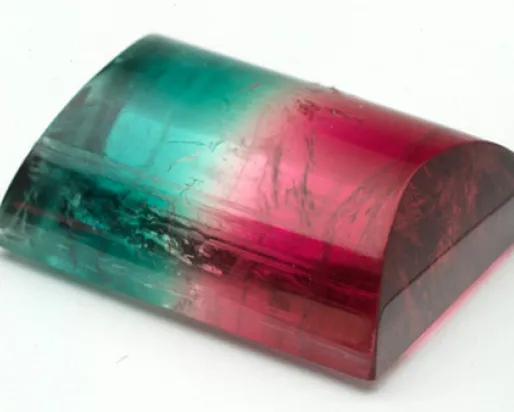
Online Collections
Earth Sciences
